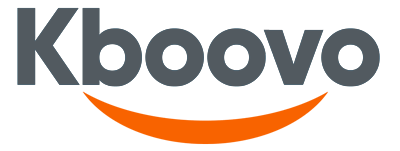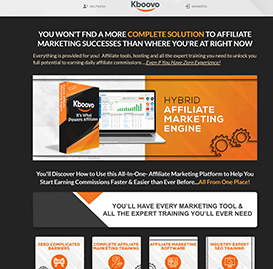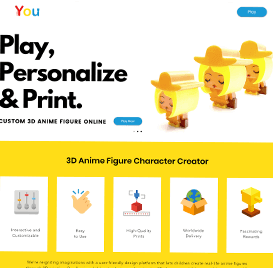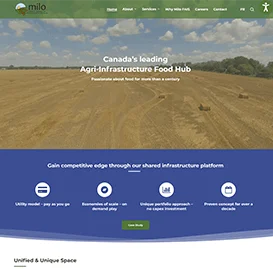Web and Mobile Application Development Company
Digital transformation and technological innovation
to achieve performance and profitability objectives




Dot H Digital has been recognized by Clutch as one of the top Web Designers & Mobile App Developers in Canada. This recognition in primarily due to our standout presence in the development industry and our dedication to meeting our client’s every need.

Clutch Award 2019
Top Web Developers Canada

Clutch Award 2021
Top B2B Companies Canada

Clutch Award 2020
Top B2B Companies Canada
Do you want to stand out from the crowd, be different, and be easily found online? Dot H Digital can help you. Dot H Digital is a Mississauga web designing company. Our customized and customer-engaging digital solutions help in converting visitors to your website into customers. Dot H Digital is a Top Website Design Company in Mississauga. Our services have been recognized in the past and we have been awarded twice in a row as Top B2B Company and Top Website and Mobile App Developers in Canada. If you are looking for innovative, creative, interactive and revenue-generating digital solutions, we are your one-stop solution. Be it a simple website design, an elaborate online strategy with design and e-commerce platform, an integrated customized web development, or a software solution, Dot H Digital’s award-winning team always delivers. At Dot H Digital, we specialize in customized digital tools to expand the reach of your digital footprint. We are more than a web design Mississauga company. Our experienced marketing team will work with you to craft a compelling strategy for your business objectives.
We work to scale up our client’s revenue by providing cutting-edge digital services and developing a strong digital marketing strategy. In a month only you can see a significant increase in customer traffic on your website and an increase in customer conversation rates. The digital solution we provide helps you in getting recognized, strengthen your brand image and flourish as a brand.


Our expertise and experience are not limited to website designing; we provide custom-blended solutions for web design, mobile apps, and e-commerce. We have worked with some of the prominent names in the industry as well as have catered to a lot of growing start-ups across Canada.
Our strength is our technology advanced processes and out-of-the-box marketing strategies. Our team is committed to providing the highest quality work and the greatest possible return on investment. Our team comprised of professionals the diversified skill set and is expert in their fields that enable us to deliver premium quality services within the timeline. We have highly experienced Mississauga web designers, project managers, web developers, quality analysts, social media marketing specialists and content writers in our team. No matter how complex or challenging the project is our team makes sure that we deliver within the specified timeline. Irrespective of the size of the project or the client’s background, we give our best!
Dot H Digital is a renowned and trusted company in Mississauga for web design and development services. Our customer is our utmost priority. We follow customer-centric approaches and develop growth-oriented strategies fulfilling our customer’s business requirements. We have gained the trust and have built a strong base of happy customers leading to a high customer retention rate.
Dot H aims to provide the best possible solution that fits our clients’ business objectives, budgets, and technology requirements while maximizing you return on investment.
At Dot H Digital, we work across all industries and sectors: for-profit, “non-profit, and government.” No matter your size or need, we can meet it. Whether you are working on your first website or your tenth, we have custom solutions for you. You may be new to apps or e-commerce or have existing platforms. We have answers to your questions with cutting edge technology solutions.

Manish and his team have always delivered excellent and timely results no matter how simple or complex the project was.
-


Dot H Digital’s expertise in website development, survey programming and data analysis is exceptional.
-


Really impressed with Dot H Digital's work. They created a SEO friendly website which is responsive and easy to navigate.
-


We are highly pleased with the Dot H Digital team for the projects they have worked upon. Professional quality with an individualized touch is their core focus.
-

Dot H Digital is a Mississauga web design company that offers digital solutions for every business. Whether you are looking for website designing, application development, e-commerce or digital marketing solutions, we work to elevate your online presence across the world and business revenue. Share your design requirements with us and we will help you with everything starting from complex programming languages to content management systems.
Unlike other Mississauga web design and development services, Dot H Digital not just creates websites, we believe in creating experiences. We study and analyze your company’s processes, target audience and products/ services you offer and then offer digital solutions accordingly. We specialize in building technologically advanced websites and applications with informative architecture, easy navigation, high speed and cross-browser support. We build a strong brand image for your business across the world. Our websites are tested on every step to minimize the chances of errors and build an error-free and sustainable website.

Developing a website from scratch or revamping an old website for increasing performance is our forte. We help you in analyzing gaps in your existing website and provide impactful solutions resulting in an increase in quality leads and increased conversion rate. We design our strategies considering ROI. Our websites are secure and well protected using advanced security tools that maintain the confidentiality and privacy of your data.
When it comes to Mississauga web design and development services, Dot H Digital is one of the most searched Website Design Companies in Mississauga. The reason for that is our excellent service, affordable prices and result-driven digital solutions. Be it a small or big project, our team give their 100% and helps companies grow at a high rate. Our SEO experts help you boost your search engine ranking on SERP and other digital platforms. Contact now us for more information about your specific service needs, we fill your all digital requirements with our services.